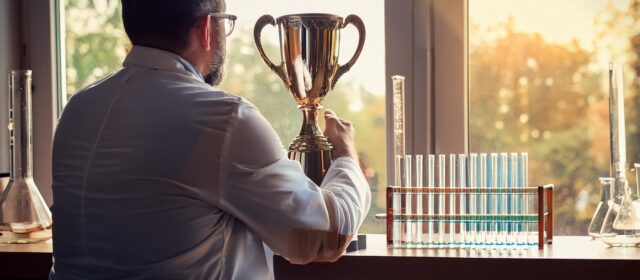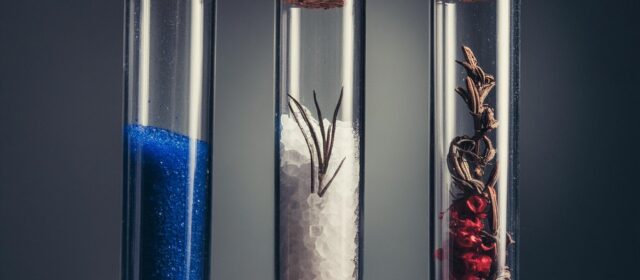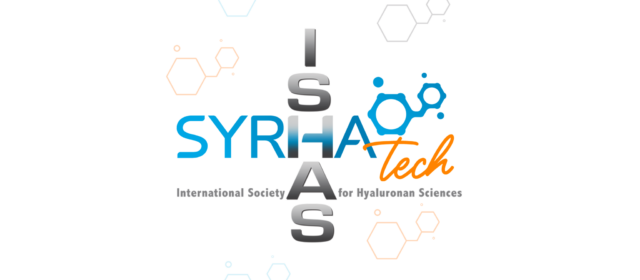
As a CDMO, we place great emphasis on the quality of the products we manufacture. To measure and quantify this quality, physical and chemical analysis are essential. This is why we have developed a large range of characterization and analyses.
Today, we are proud to offer you these analyses for the characterization of your products :
Physical characterization
In order to satisfy the needs of our customers, we use very advanced gel characterization methods that allow us to differentiate the gels from each other.
Here is the complete list of physical characterization analyses we offer :
| PARAMETER | REFERENCE OF THE METHOD |
|---|---|
| Elastic modulus (G”) | Rheological measurement |
| Loss modulus (G”) | |
| Tangent delta (G’ / G”) | |
| G’ / G” crossover frequency | |
| Zero-shear viscosity | |
| Resistance to compression force | |
| Extrusion force | Injectability at constant speed |
| Extactable volume | Ph. Eur. 2.9.17 |
| Average molecular weight and mass distribution | GPC measurement method |
Degradation Analysis
The formulation development of an hydrogel is a series of very important steps to ensure that the product has the best possible attributes for our customers. It is therefore important to evaluate the behavior of the hydrogel throughout its shelf life, and after it has been implanted in the body. To do this, we have developed techniques to simulate several possible degradations mechanisms.
Here is the complete list of hydrogel degradation tests that we offer :
| PARAMETER | REFERENCE OF THE METHOD |
|---|---|
| Resistance to radical degradation | Rheological measurement |
| Resistance to enzymatic degradation | |
| Resistance to thermal degradation (stability study at Room Temperature and/or 40°C) | According to ICH Q1A (R2) (Stability Testing of New Drug Substances and Products) |
Chemical Analysis
In order to ensure compliance with product specifications, or to assess R&D prototypes, for example
during a reverse engineering study, the analysis of the different gel ingredients is a key step.
Here is the full list of assay tests we offer :
| PARAMETER | REFERENCE OF THE METHOD |
|---|---|
| Hyaluronic acid content | Ph. Eur. 1472 |
| 1,4-Butanediol diglycidyl ether “BDDE” residual content | Gas chromatography coupled with a mass spectrometer |
| Degree of modification (crosslinking) | Method developed by Nord & al |
| Lidocaine and lidocaine degradation products content | HPLC method |
| Chemical characterization of extractable and leachebles | ISO 10993-18 |
| pH | Ph. Eur. 2.2.3 |
| Osmolarity | Ph. Eur. 2.2.35 |
| Antioxidant activity (TEAC) | ABTS method |
Microbiological Analysis
Conducting meticulous microbiological tests, including endotoxin, bioburden, and sterility
assessments, is essential for ensuring the utmost safety and efficacy of our hyaluronic acid-based
hydrogels, thereby providing our customers with the highest standard of injectable medical devices.
| PARAMETER | REFERENCE OF THE METHOD |
|---|---|
| Bioburden content | Ph. Eur. 2.6.12 |
| Endotoxins content | Ph. Eur. 2.6.14 (method D) |
| Sterility | Ph. Eur. 2.6.1 |
| Proteins content | USP 1056 |










